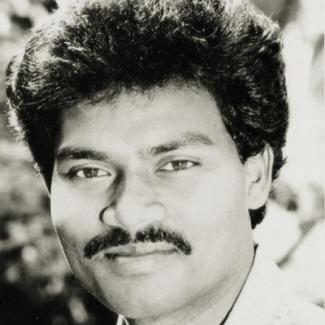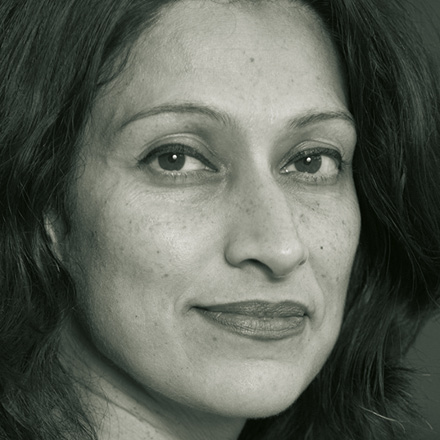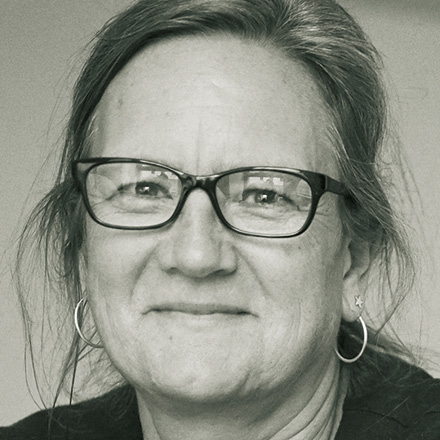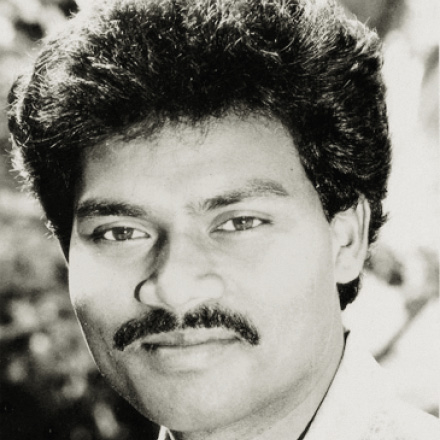Primary schools
India is facing huge challenges
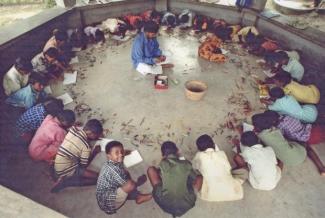 Samiran Nandi
Samiran Nandi
India has made substantial progress in primary education since a UN conference in Dakar in 2000 set the goal of Education for All (EFA) by 2015. According to India's national EFA review of 2014, 14.6 million new children had joined elementary schools in the past five years, so almost all children in the age group six to ten go to school. Moreover, there is at least one primary school within a one-kilometre radius of 98 % of every Indian settlement.
Free school meals have contributed to boosting enrolment. The main government programme that provides them is called Sarva Sikha Abhiyan (SSA). On school days, it feeds 108 million children. Another important step was the enactment of the Free and Compulsory Education (RTE) Act 2009. Nonetheless, much more needs to be done.
The ground reality
For the age group six to ten, enrolment has improved, and drop-out rates have declined. The challenge is now to keep up the same pace of improvement for the age groups 11 to 15 as well as for secondary schools. The drop-out rate was 9.1 % in 2009/10 for classes one to four in India, according to official data, but 15.9 % for class five.
Experience tells us that the mid-day meals and other schemes that serve retention at the lower level do not address the problems of more advanced kids. They worry about their future after school, and they are under pressure to earn money, not least because they want to buy mobile phones and trendy clothes.
Thousands of youth from West Bengal migrate to other states to work as contractual labourers before completing their school education. The state government has taken some measures to keep them in school. For instance, it gives them reference books but also cash, silver bangles or bicycles as gifts.
These alluring schemes are good in the short term, but the drop-out rate has more serious reasons. It is linked to families’ overall socio-economic situation. All too often, teenagers must contribute to livelihoods.
An alarming trend is that ever more children are shifting from government schools to private-sector schools (see D+C/E+Z contribution by Roli Mahajan). According to the Annual Status of Education Report (ASER) of 2014, almost one third of those six to 14 year old went to private schools in 2013. In 2006, their share had been not quite a quarter. In Haryana and Uttar Pradesh, two states in northern India, the share of private schools was even more than half. This trend proves that parents do not trust government schools and are willing to pay tuition, which poor people can hardly afford.
It is deeply irritating that even poor families now spend substantial amounts on sending their children to private schools. Bimol Baski, father of two daughters from our village Bishnubati in West Bengal, sends his children to a private school where classes are held in English. In his eyes, the midday meals in governments schools are a problem because teachers are now busy distributing lunch instead of focusing properly on classes.
Bimol hopes his daughters will learn good English. It is, however, a serious problem that the vast majority of children who belong to linguistic minorities cannot get education in their mother tongue. Apart from us Santals, that applies to all other Adivasi tribes as well. Adivasis constitute about eight percent of the country’s population. Many regard formal education as a threat to their language and culture.
In view of such daunting challenges, there are doubts that India’s EFA efforts have really succeeded. High enrolment rates are simply not enough. The trends discussed above indicate that there is a lack of balance and clarity in the policy. Moreover, the governmental primary schools are being degraded.
For the success of village schools, the local community is very important. Family and school managing committees are essential for monitoring the performance of teachers. Unfortunately, however, many people believe that schools are the government’s responsibility, so they do not get involved. Moreover, the school managing committees are often dominated by leaders who are affiliated to political parties and prioritise other policy issues than education. Especially in rural areas, the governmental school sector would benefit from better coordination among teachers, parents and committee members.
UNESCO, the UN Educational, Scientific and Cultural Organization, published a Global Monitoring Report in 2015 to evaluate the EFA achievements. Its assessment is that India has made tremendous progress, but still has a long way to go. The report highlights persisting inequality. Some Indians are rich, but masses are very poor. Various population groups are marginalised due to caste, race, faith or other reasons. They normally struggle to get quality education.
Non-formal schools
Apart from governmental schools and private-sector schools, India also has a great number of innovative schools that are managed by non-governmental organisations, trusts or philanthropic individuals. They are neither mainstream schools nor religious institutions. Many are based in the villages and reach out to the people who are least likely to get a good education.
One of them is the Rolf Schoembs Vidyashram, the school in our village that I have previously described in D+C/E+Z (print edition 2012/09, p. 333 f.). We teach in Santali and have produced our own primers for that purpose. Santal music and myths, dance, folklore and history are part of the curriculum. In our eyes, heritage is important, especially in a fast-changing world (see my essay in D+C/E+Z e-Paper, 2015/07, p. 21 f.). Our work is supported by charitable German donors.
I personally know several other NGO schools all over India, since I have visited them in the past few years (see box). Typically, they have been operating for more than two decades, so they are time tested. They are all “non-formal”. In India, this term means that a school does not make its pupils memorise the government syllabus by rote. Rather, non-formal schools take into account children’s needs and interests, and they apply a broad range of didactical methods and resemble government schools in rich nations in this respect. Experience shows that India’s non-formal schools deliver better results, even in formal terms, than the government schools do. This is especially true among disadvantaged communities.
It is profoundly irritating that many non-formal schools are now being put under pressure to conform with formal rules of the Right to Education Act of 2009, though regulations concerning the size of windows, appropriate clothing or teachers' salaries do not make much sense in the context of non-formal rural schools. Some NGOs are plainly overburdened. There is some opposition to an overly strict enforcement of the law, but working under the threat of legal action does certainly not make teachers’ demanding work any easier.
Conclusion
At the primary level, formal education must be treated as an isolated issue. Rural communities certainly need education, but their life is interwoven with many social and cultural issues that must all be taken into account. UNESCO is right to argue that an integrated approach with a holistic view is appropriate.
India is still facing huge challenges. Non-formal approaches should not be repressed. They are appropriate for the multi-language and multi-cultural fabric of the nation. The experience of non-governmental schools should serve as the basis for drafting future education policies.
Money is not the problem, by the way. In the financial year of 2011/12, the SSA only spent 43 % of the funds it was allocated. More than 50 % remained unspent. Such sums should be used prudently. What India really needs is well-trained, motivated and sensitive teachers who have the passion and zeal to serve the people.
Boro Baski works for the community-based organisation Ghosaldanga Adibasi Seva Sangha in West Bengal. The NGO is supported by the German NGO Freundeskreis Ghosaldanga und Bishnubati.
borobaski@gmail.com
